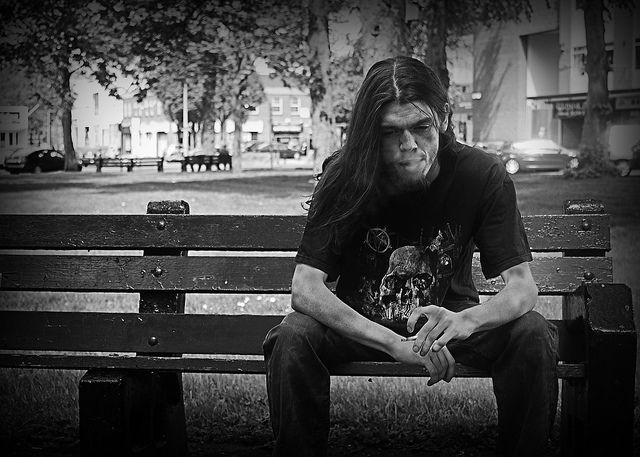Opiate Addiction: Sociologists Construct Distinct Profiles For Heroin And Prescription Painkiller Users

Heroin abuse is relatively rare in the United States. However, a new Penn State University study finds the growing availability of this drug has increased its use, while abuse of prescription painkillers also continues to rise. The combination has changed the face of addiction with previously untouched groups now being affected, says Dr. Shannon Monnat, assistant professor of rural sociology, demography, and sociology.
In particular, the simultaneous use of both heroin and prescription painkillers has increased among whites, especially young white men, say Monnat and her co-author, Dr. Khary K. Rigg, assistant professor of mental health law and policy, University of Southern Florida.
“Prescription painkiller misuse may serve as a gateway to heroin use with some prescription painkiller misusers transitioning to heroin once painkillers become too expensive or difficult to acquire,” wrote the co-authors in their published research.
Interchangeable
About 5.1 million Americans abuse painkillers and about 0.3 million Americans use heroin, according to the National Institute on Drug Abuse. Because both are opiates, there's a certain fluidity between the two drugs with users transitioning from one to the other. In almost all cases, the switch is from prescription drugs to heroin. The reason? Over the last several years drug-makers have introduced tamper-resistant painkiller pills, which are impossible to crush, liquefy, and inject, and at the same time, lawmakers have established more restrictions, such as prescription-drug monitoring programs. Together, these two changes have resulted in greatly reduced access to pain pills.
Yet, before either of these safeguards were put in place, many people had become addicted to prescription pills. They were left high and dry just as heroin, cheap and accessible, began to flow. Many people simply switched drugs.
What, then, is the face of an opiate addict today? To answer this questions, the co-researchers used data from the 2010-2013 National Survey on Drug Use and Health. After isolating 10,201 respondents who reported using opiates within the past year, the authors grouped them into three categories: heroin-only (179 total users), prescription painkiller-only (9,516 total users), and heroin and prescription painkillers both (506 total users). Then, the researchers analyzed differences in socioeconomic, criminal justice, medical, and other demographic factors between these three groups.
The team found the groups to be distinct in several ways.
Those who only use heroin were the most socioeconomically disadvantaged, least likely to be white, least likely to have children living with them, least connected to religious services, least physically healthy, and most likely to live in large urban communities. In fact, the group mirrored the familiar expectations of “urban junkies.”
While heroin users had more criminal justice system involvement than prescription drug abusers, those who use both heroin and prescription painkillers reported more mental health problems and higher rates of emergency room visits than those using one drug or the other. Most likely, those using both heroin and pills started using drugs in their teens, plus they were more likely to shoot (intravenously) rather than snort (sniff). Using both heroin and prescription opiates signaled a more serious substance abuse problem and potentially worse outcomes, “including greater risk of having a co-occurring mental disorder, an overdose, and/or HIV,” wrote the authors.
Finally, the group who only use prescription painkillers were most connected to social institutions (marriage, religion, employment) and least socioeconomically disadvantaged. They had less criminal justice involvement and the best physical and mental health. This group of users also were not very likely to live in large urban areas.
As the flow of heroin into small cities and rural areas increases, noted the authors, it is important to monitor possible increases in those who currently use only pills to see if they become users of both heroin and prescription painkillers. At the same time, the researchers suggest three distinct drug intervention programs need to be created to address each group.
Source: Rigg KK, Monnat SM. Comparing Characteristics of Prescription Painkiller Misusers and Heroin Users in the United States. Addictive Behaviors. 2015.



























